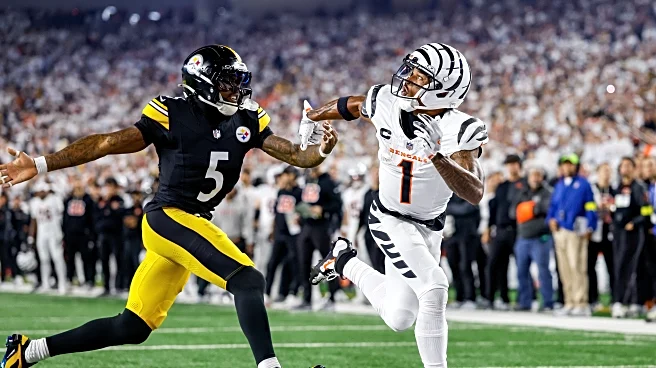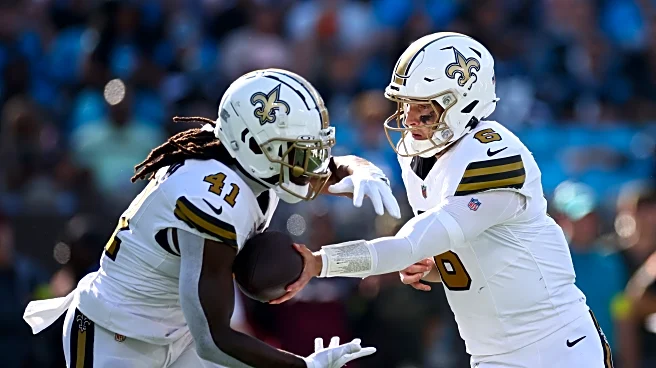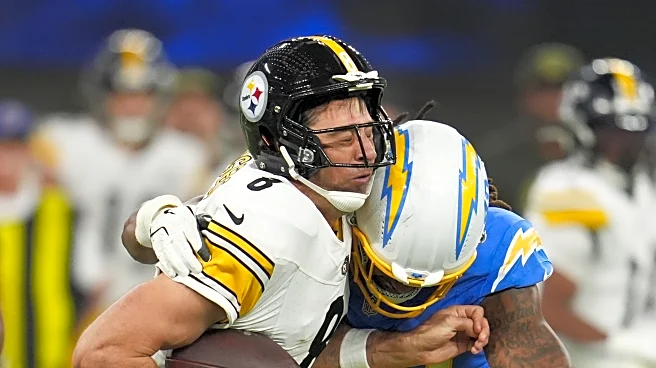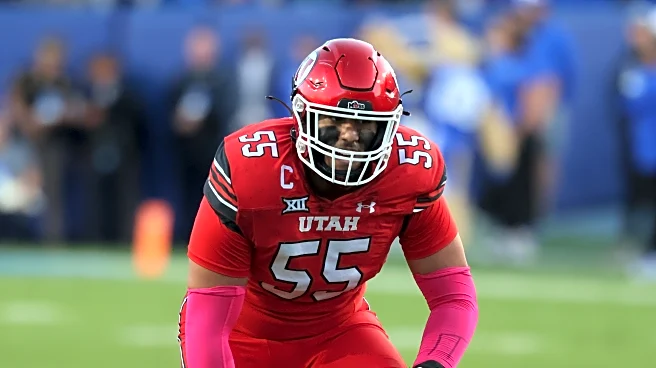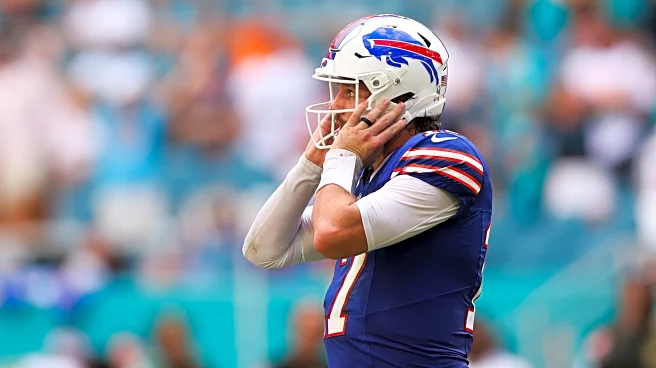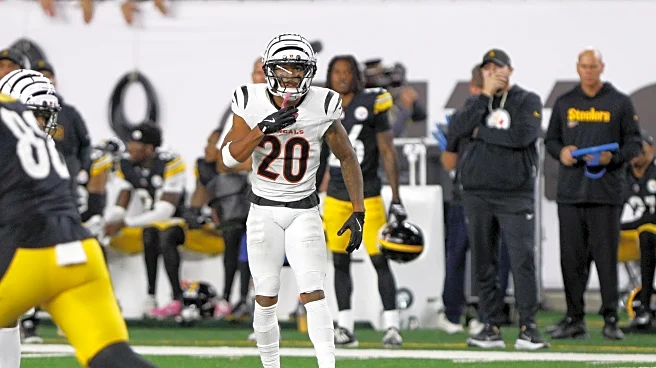What's Happening?
The Pittsburgh Steelers executed a notable trade before the season, acquiring tight end Jonnu Smith from the Miami Dolphins while sending Minkah Fitzpatrick to Miami and bringing Jalen Ramsey to Pittsburgh.
Despite the initial excitement surrounding Smith's addition to the team, his performance has been disappointing. Smith ranks last among tight ends in defense-adjusted yards above replacement, a key statistic indicating his struggles. He has only managed 26 catches for 163 yards and two touchdowns this season, with a significant drop in yards per reception. The Steelers' offense, led by Aaron Rodgers, has performed better than expected, but Smith has not contributed significantly to this success.
Why It's Important?
The trade involving Minkah Fitzpatrick and Jonnu Smith was expected to bolster the Steelers' offensive capabilities, particularly with Smith's previous reputation as a strong yards-after-catch player. However, his underperformance has implications for the team's strategic planning and resource allocation. The Steelers invested heavily in the tight end position, and Smith's inability to integrate effectively into the offense could lead to reevaluation of player roles and future trades. This situation highlights the challenges teams face in predicting player performance and the impact of trades on team dynamics.
What's Next?
The Steelers may need to reconsider their offensive strategy and player utilization, especially in the tight end position. With Smith's current ranking, the team might explore alternative options or adjustments to maximize their offensive output. The upcoming games will be crucial for Smith to demonstrate improvement and justify his acquisition. The Steelers' management and coaching staff will likely monitor his performance closely to decide on potential changes or further investments in the roster.
Beyond the Headlines
Smith's struggles could reflect broader issues within the Steelers' offensive system or highlight the challenges of adapting to new team environments. The trade dynamics and player performance may also influence future negotiations and decisions regarding team composition. Additionally, the situation underscores the importance of evaluating player fit beyond statistical performance, considering factors such as team chemistry and adaptability.


